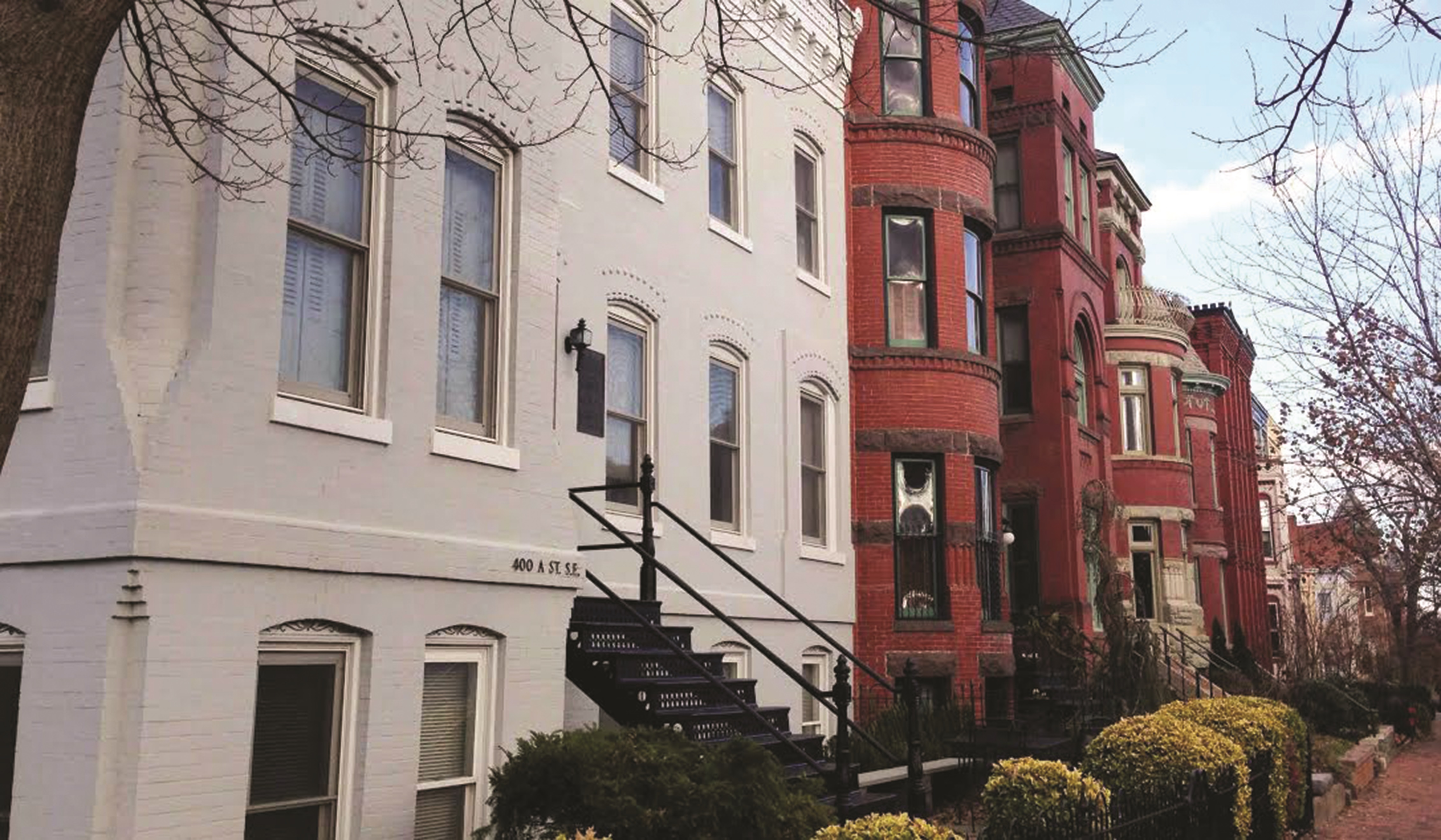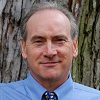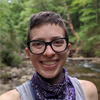 This fall, I gave my first lecture that took seriously the question “How would a vampire treat yellow fever in 1793 Philadelphia?” Would Marcus Whitmore, a fictional physician and vampire, have subscribed to Dr. Benjamin Rush’s bleeding regimen? Or would he have embraced his vampiric taste for wine and pushed Madeira on his patients? At All Souls Con, the convention that caters to fans of historian Deborah Harkness’s (Univ. of Southern California) best-selling All Souls trilogy (Viking Books), I got to think through exactly these questions.
This fall, I gave my first lecture that took seriously the question “How would a vampire treat yellow fever in 1793 Philadelphia?” Would Marcus Whitmore, a fictional physician and vampire, have subscribed to Dr. Benjamin Rush’s bleeding regimen? Or would he have embraced his vampiric taste for wine and pushed Madeira on his patients? At All Souls Con, the convention that caters to fans of historian Deborah Harkness’s (Univ. of Southern California) best-selling All Souls trilogy (Viking Books), I got to think through exactly these questions.
I came to the series relatively recently, but I count myself among its die-hard fans. The novels follow the fictional Diana Bishop (Yale Univ.), a witch and historian of science, as she hunts down an enchanted alchemical manuscript known as Ashmole 782, falls in love with geneticist-cum-vampire Matthew Clairmont (Univ. of Oxford), travels back in time to the Elizabethan era, and challenges centuries-old beliefs about the nature of supernatural creatures. Harkness, herself a historian of science, captures the excitement of archival research and the magic of historical thinking while suffusing her fictional world with enough accurate or “real” history to make the books utterly engrossing for even the most skeptical historian.
When the All Souls Con organizers invited me to participate, I positively leapt at the opportunity. The fourth book in the series, Time’s Convert (2018), partially takes place in 1793 in Philadelphia, not far from the Science History Institute, the Con’s planned location. In 2018, I served as the guest curator for The Politics of Yellow Fever in Alexander Hamilton’s America, an exhibition at the National Library of Medicine. I remembered how giddy I was reading Time’s Convert after curating that exhibition. The Con was a chance to share that excitement with others.
Fan conventions are yet another unexpected place where historians might engage the public. Speaking at All Souls Con was, in many respects, exactly like giving a talk at an academic conference. I focused on a few key ideas in my 50-minute talk, created what I hoped were visually appealing PowerPoint slides, and, because it’s 2020, recorded the lecture in advance over Zoom—uncertain if my jokes would land or my audience would stick with me the whole time. I couldn’t take questions afterward, but I shared my Twitter handle and hoped that attendees would reach out with questions.
In important ways, however, the experience was unlike any other history talk I’d ever given (and not just because it was recorded weeks in advance). Offering good, accurate history to audiences invested in both history and a fictional world demanded that I think differently about what I discussed and how I presented that information. I began by taking seriously the questions prompted by the novels. How would a vampire react to bloodletting during an epidemic? Given that vampires have a heightened sense of smell, how would they have understood miasma? From there, I crafted a talk that began from a place of playfulness. Vampires, much to my surprise, proved to be an excellent entry point for a discussion of theories of disease in the late 18th century, various treatment plans, and the scale of the yellow fever epidemic.
I write this column in late October, the height of spooky season and the perfect time to think about witches, vampires, and daemons. It is also a moment when we face an enormous amount of uncertainty around the November elections, the third wave of the pandemic in the United States, and much more. Attending my first fan convention, even online, was a source of real joy and intellectual stimulation. The chance to connect with people excited to play with history and stories was restorative at a moment when very little feels joyful or affirmative.
Ashley E. Bowen is Editor of Perspectives on History. She tweets @AEBowenPhD.
Tags: From the Editor History of STEM Public History

This work is licensed under a Creative Commons Attribution-NonCommercial-NoDerivatives 4.0 International License. Attribution must provide author name, article title, Perspectives on History, date of publication, and a link to this page. This license applies only to the article, not to text or images used here by permission.
The American Historical Association welcomes comments in the discussion area below, at AHA Communities, and in letters to the editor. Please read our commenting and letters policy before submitting.
Comment
Please read our commenting and letters policy before submitting.










